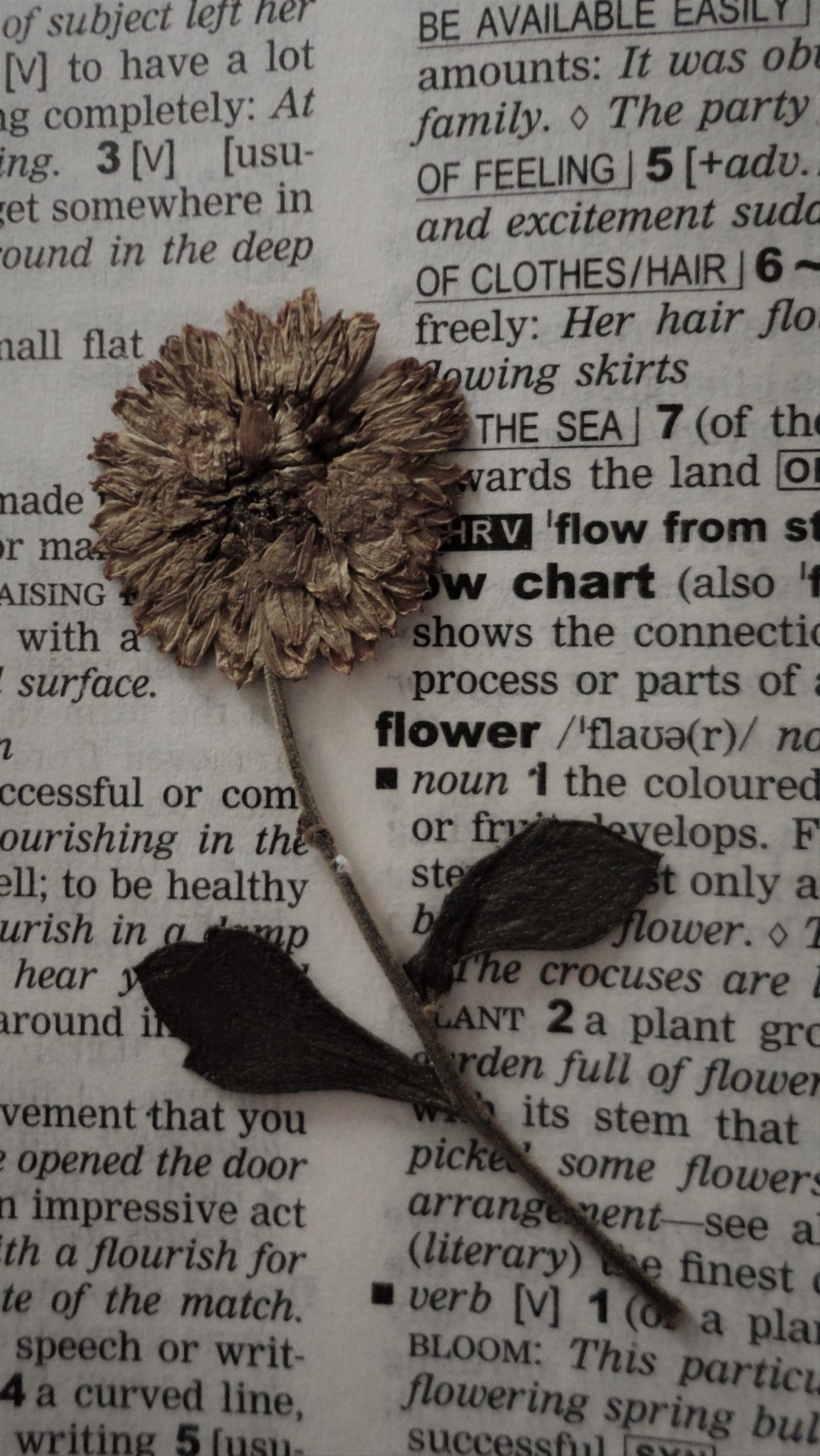"Proofreading is the last piece of the puzzle in your writing journey!"
This is the final step of the writing & editing journey in which you'll end up with a polished manuscript ready for your next phase - whether that's a publisher submission or preparing for self-publishing.

What is Proofreading?
Proofreading is a final check for errors in your writing. As defined in the Australian Standards for Editing Practice, second edition, Institute of Professional Editors, proofreading is “examination of material after layout to correct errors in textual and visual elements”.
Proofreading is commonly mistaken for editing, more specifically copy editing. While there is some overlap, proofreading is the final check after editing; traditionally, just before the work goes to press. The proofreader’s job is to do a final reading of the document for ‘surface errors’ to correct any remaining errors such as spelling, punctuation, grammar, line and page breaks, consistency, and word choice. In a publishing house, a proofreader also checks for house style and correct placement of tables, figures, etc. Proofreading and editing are fundamentally distinct.
How is proofreading done?
A proofreader marks up the copy. Some proofreaders continue to use manual proofreading marks on the hard copy document (we have worked for certain publishing houses that require this). However, editors4you.com use the mark-up feature in Microsoft Word on the electronic copy of your work. We will explain how to remove the mark-up once you’ve read and made the suggested changes – or do it for you if you prefer. Sometimes, the proofreader makes the relevant corrections as well as marking them up; in others, such as in academic theses, it may be a requirement of the academic institution that the author make the corrections themselves.
Your word-processor spell checker will not pick up every mistake. So while it’s enormously helpful, and its use will significantly reduce the number of errors in your document, it cannot be relied upon on its own.
It is especially important to have your writing professionally proofread if you do not have it professionally edited before submission to a publisher.
As fantasy writer Patricia Fuller so colourfully put it,
“Writing without revising is the literary equivalent of waltzing gaily out of the house in your underwear.”
Can I proofread my own work?
As the author, you can carry out various checks on your own work to improve accuracy. Nevertheless, there are issues you’ll be unable to see because you are too close to your writing. It’s tempting to think that because you know what you mean, the reader will too. They generally won't.
Here are our five best tips for checking your writing before you submit it to us for proofreading. By cutting down the number of errors, you will cut down the total time needed to proofread, and therefore the cost:
Tip 1. Use a spell checker
Run the spell checker on your complete document again, even if you’ve done so already. As we said earlier, this will help reduce errors although it’s not fool proof.
Tip 2. Have a good dictionary by your side
The spell checker cannot tell if you’ve used the wrong word albeit with the correct spelling. For example, diplomatic corps not core, city council not counsel. A thesaurus is great for synonyms and antonyms, to enrich your writing.
Tip 3. Take some downtime
Put your work away for a few days after you’ve finished writing. Then come back to it with fresh eyes and re-read your writing from start to finish. If it’s several hundred pages long, you may need to do this over several sessions. It’s an excellent idea to start making a list of your mistakes and inconsistencies, to enable you to ‘search and replace’ throughout the document.
Tip 4. Print a hard copy
Print out your writing and review it line by line: rereading your work in hard copy may be just what you need to notice errors that you missed onscreen. You can also read your writing aloud, to a friend or even to yourself. It’s surprising what you’ll hear that you’ve missed in a reading of it.
Tip 5. Check facts
Check ‘hard’ information such as facts, spellings of proper nouns, etc. for accuracy.

How much will proofreading my work cost?
Because all writers write differently, the best and fairest way to give you a quotation for proofreading your work is to send us a sample from your manuscript or document. Proofreading is the final step. The purpose of proofreading is to read through a document that has already been professionally edited – or written to that standard. If your document is not to the standard of being professionally edited, we may suggest that a copy edit or a structural edit will give you the outcome you desire.
Proofreading proof copy from designer
For writers and authors who've sent their books to a designer for professional layout (highly recommended), we proofread the proof copy they send you for checking before you publish. This is a vital step. You, the author, are the one ultimately responsible for any errors in your book. The buck stops with you. Errors, sometimes many, can enter the manuscript at the design stage, many of them related to the formatting and layout. However, new copy editing errors can also creep in if the designer's had to manually regenerate text - in a table of contents, for example.
Read what our clients say about us on the Testimonials page.
Tell us more about your book and we'll let you know how we can help
Subscribe to 'Writer's Connect' - our fortnightly newsletter
Submit your email address to receive our fortnightly newsletter with writing competitions, writing tips and inspiration.


